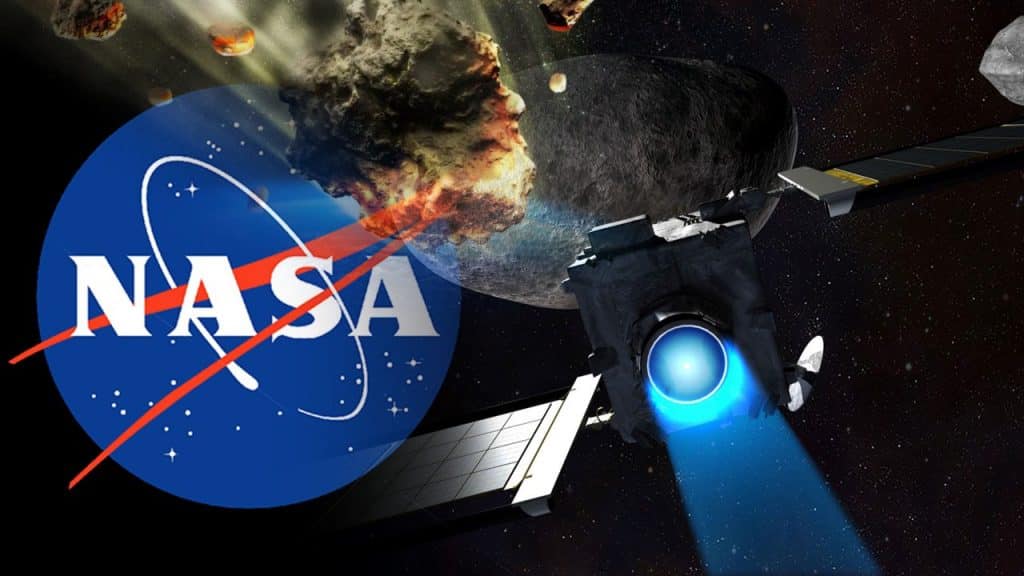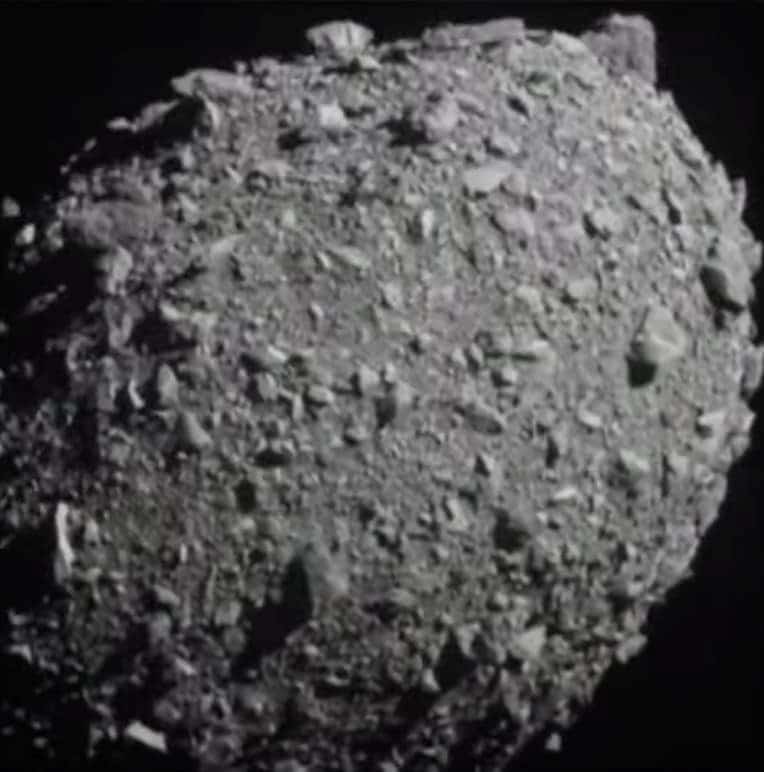
It was the first planetary defense test of its kind to see if NASA scientists can potentially prevent cosmic objects from heading for Earth with disastrous impacts. They used the Double Asteroid Redirect Test spacecraft, known as DART, to function as a «ram.»
Don’t be afraid if the test goes wrong
NASA said earlier this month that the «asteroid did not pose a threat to Earth.»
The DART spacecraft launched from California last November before a nearly year-long journey to complete the destruction. Its target is a small asteroid called Dimorphos, which orbits a larger one called Didymos.
Both Didymos and Dimorphos are set to make their closest approach to our planet in years today, passing as close as 10.8 million kilometers to Earth. The impact between the spacecraft and the asteroid took place on September 26 at 23:14 GMT (09:14 AEST).

The final NASA maneuver has taken place, which has allowed the navigation team to know the position of the asteroid within a radius of two kilometers. This means a reduced margin of error for the spacecraft’s required trajectory to traverse the asteroid.
While the theory sounds like something out of a movie film, there is scientific reasoning behind the impact.
According to images from a distance of 11 million kilometers, everything seemed to go exactly as planned during the test. The Dart probe, which was moving at a relative speed of 22,000 km/h, first had to distinguish the smaller rock from the larger one. On-board navigation software then adjusted the trajectory with thruster firing to ensure a head-on collision.
Dart’s camera delivered one image per second, right up to the moment of impact with the target, a 160-meter-wide asteroid called Dimorphos.

The scientists on the NASA-led mission will have to wait a few weeks before they know if their experiment is going well.
They will determine success by studying changes in Dimorphos’s orbit around another asteroid known as Didymos.





